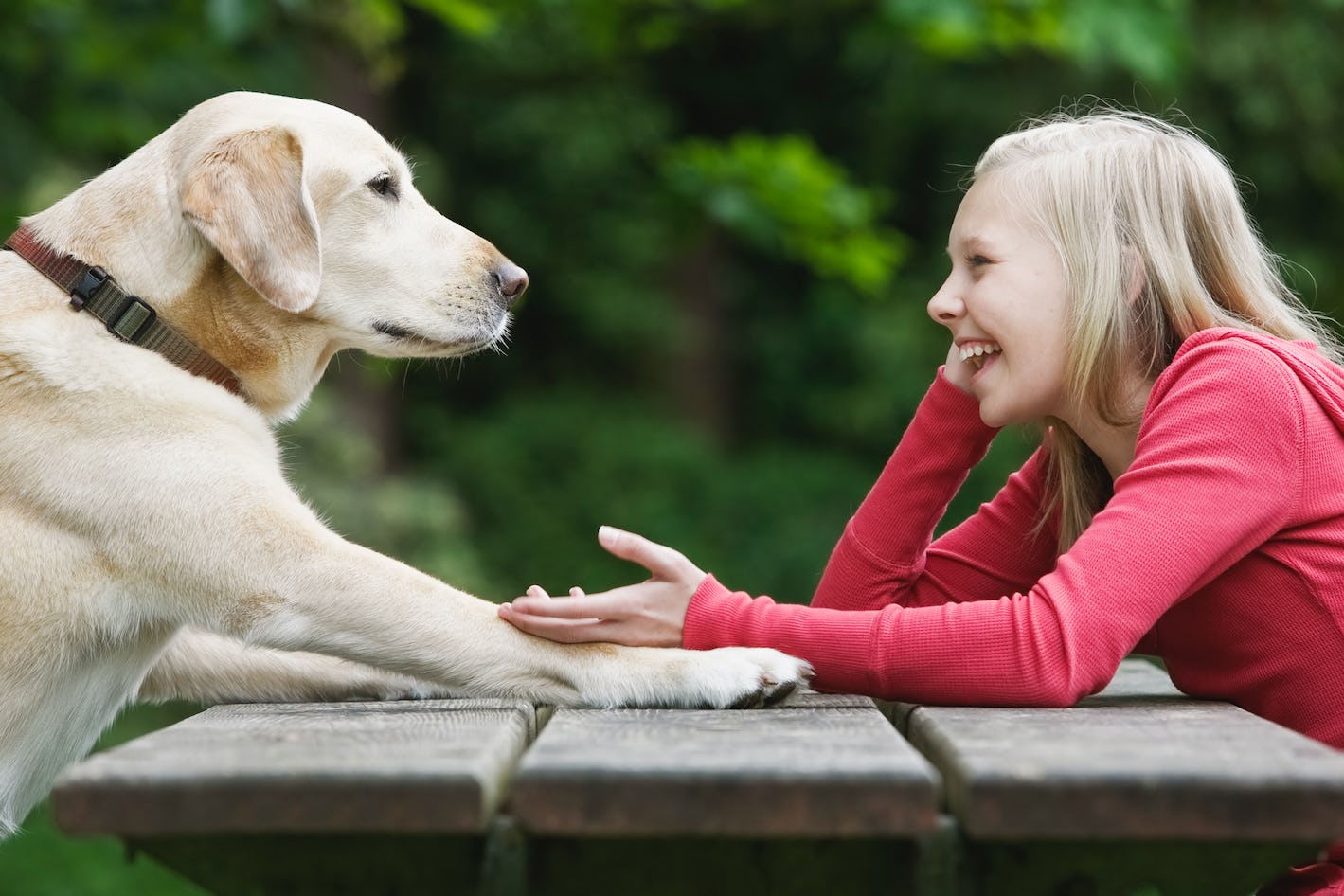When it comes to living with dogs, the relationship you build with them is everything—and trust is the foundation of that relationship.
In search and rescue work, trust between handler and dog isn’t just important, it’s essential. Dogs detect odors and signals that humans cannot. If a handler doubts their dog’s ability or instincts, they may prematurely remove them from a search, missing critical clues.
I would like to share a story that illustrates this perfectly. I was working with my dog on a search for a missing 91-year-old woman who used a walker. The woman had taken her little dog for a walk in an area with very steep hills in the heat of summer. My supervisor questioned why we were searching the steep terrain, assuming that the woman wouldn’t be able to navigate the area. But my team and I trusted our dogs’ instincts, even as we struggled ourselves, and the dogs led them straight to the woman. She had climbed the hill and slid down the other side with her dog. Had we only relied on assumptions about human abilities, we never would have found her. Trust in the dogs made the difference.
What Trust Looks Like
When you trust your dog, you:
- Believe they will do the things you’ve taught them.
- Trust they will make good choices.
- Expect them to respond to your cues.
When your dog trusts you, they know:
- They can count on you to behave consistently, no matter the environment.
- Your expectations won’t change with circumstances.
- They can rely on you, always.
Building Trust Starts with You
Have You Put in the Work?
If you struggle to trust your dog, ask yourself why. Often, the issue isn’t the dog—it’s that the training hasn’t been fully taught or reinforced. Clear, consistent training allows both you and your dog to trust each other.
Is Your Communication Clear?
Dogs need clear and consistent communication. Your expectations shouldn’t change based on your mood, the environment, or your day at work.
Have You Defined Expectations?
Write down what you expect from your dog throughout the day:
- Where should they be when someone comes to the door?
- Where should they be during meals, TV time, or while you work?
- Are they allowed on furniture? Only with permission? Always?
- Where are their toys kept, and should they pick them up afterward?
- Do they sleep in your bed?
Once expectations are clear, teach them consistently and reward the behaviors you want. Over time, your dog learns that your rules never change—and trust grows.
Consider Different Scenarios
Expectations may need to be adjusted for different situations. For example, if your dog can sit on the couch while you’re alone, can they do the same when you have guests or a hot cup of coffee nearby? Use clear cues to indicate when behaviors are allowed.
How Do Your Emotions Affect Your Dog?
Dogs are sensitive to human emotions. Snapping at your dog because of a bad day at work or stress is confusing and unfair. Your dog doesn’t understand external reasons—they just need consistency and predictability. When you feel short-tempered, pause and reflect: is it the dog’s behavior, or your own emotions? Then respond thoughtfully.
Avoid the Dominance Myth
Healthy relationships aren’t about domination—they’re about leadership and shared responsibility. In a balanced relationship, you hold about 51% responsibility, teaching expectations and making final decisions. Your dog holds 49%, responsibly following the guidance you’ve provided.
Dogs aren’t trying to “dominate” you—they’re giving feedback. If your dog says “no,” it might mean “wait,” “I’m unsure,” or “I don’t understand.” Approach their response with curiosity, not force.
Trust Begins with Relationship
Clear communication, respect, and understanding are the keys to building trust. When both you and your dog know what to expect from each other, trust flourishes, creating a happy, harmonious relationship.
Your dog can learn to trust you—and you can learn to trust them.
